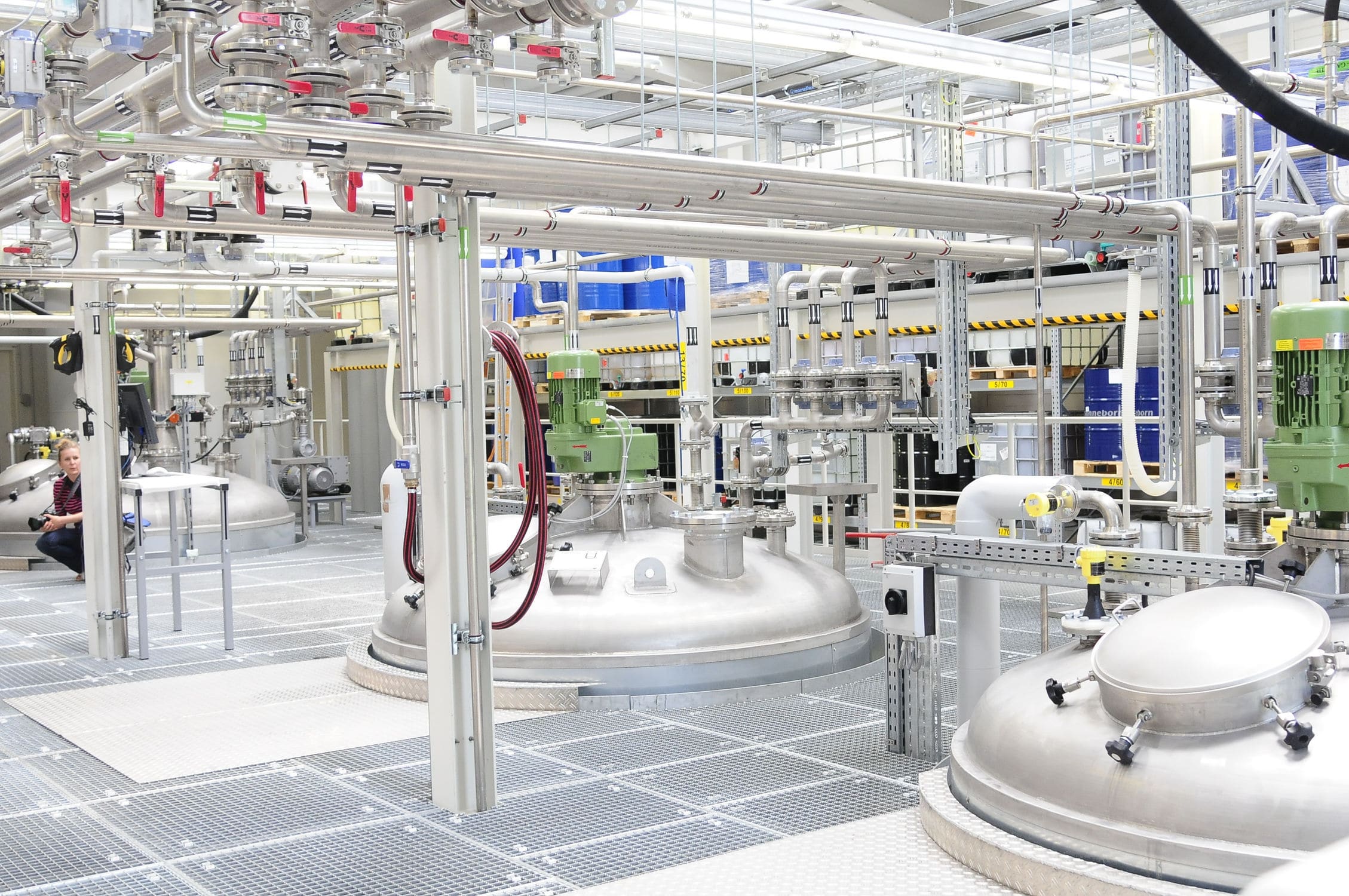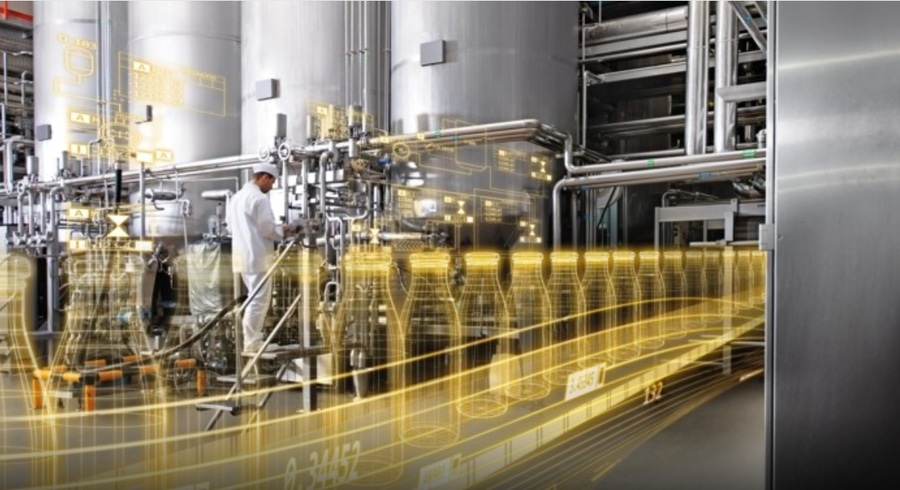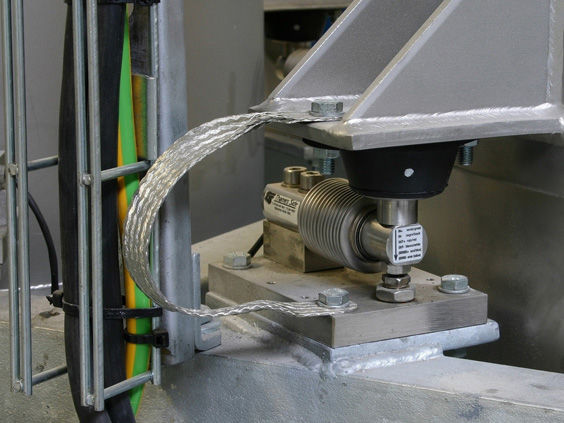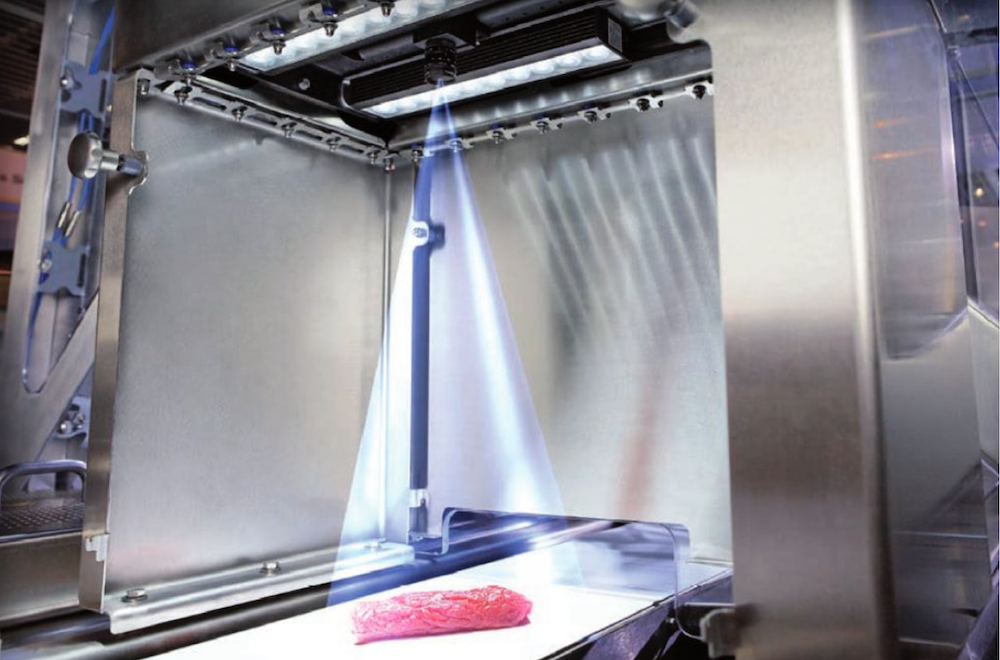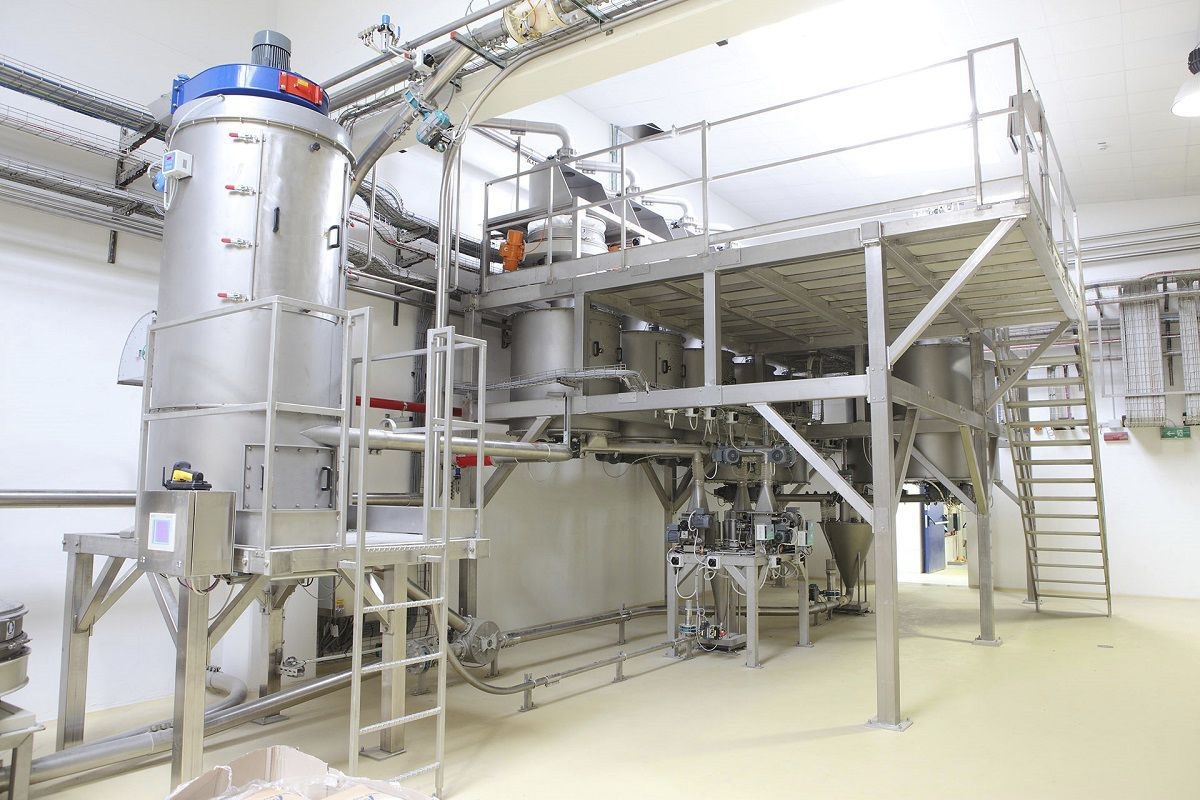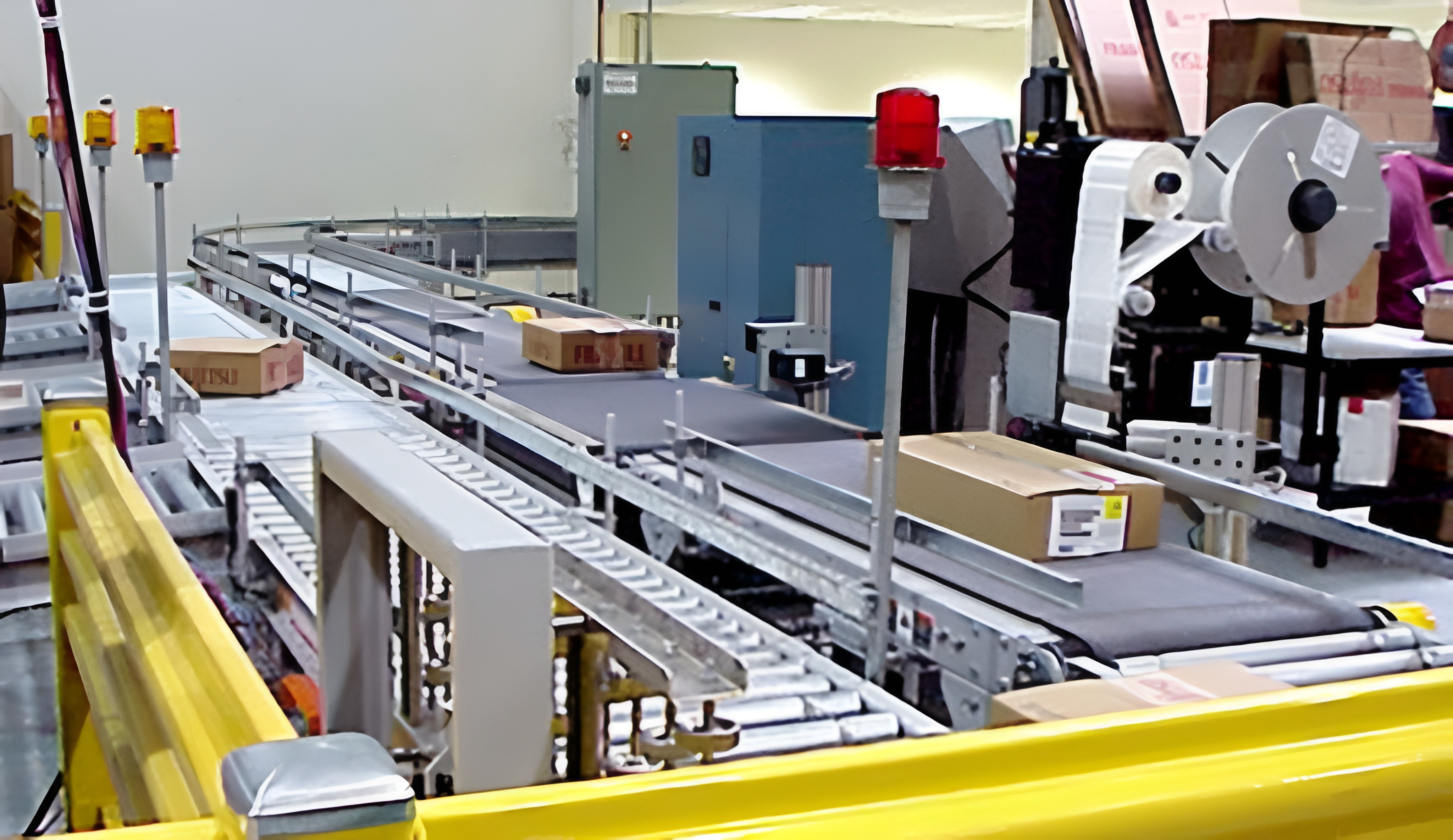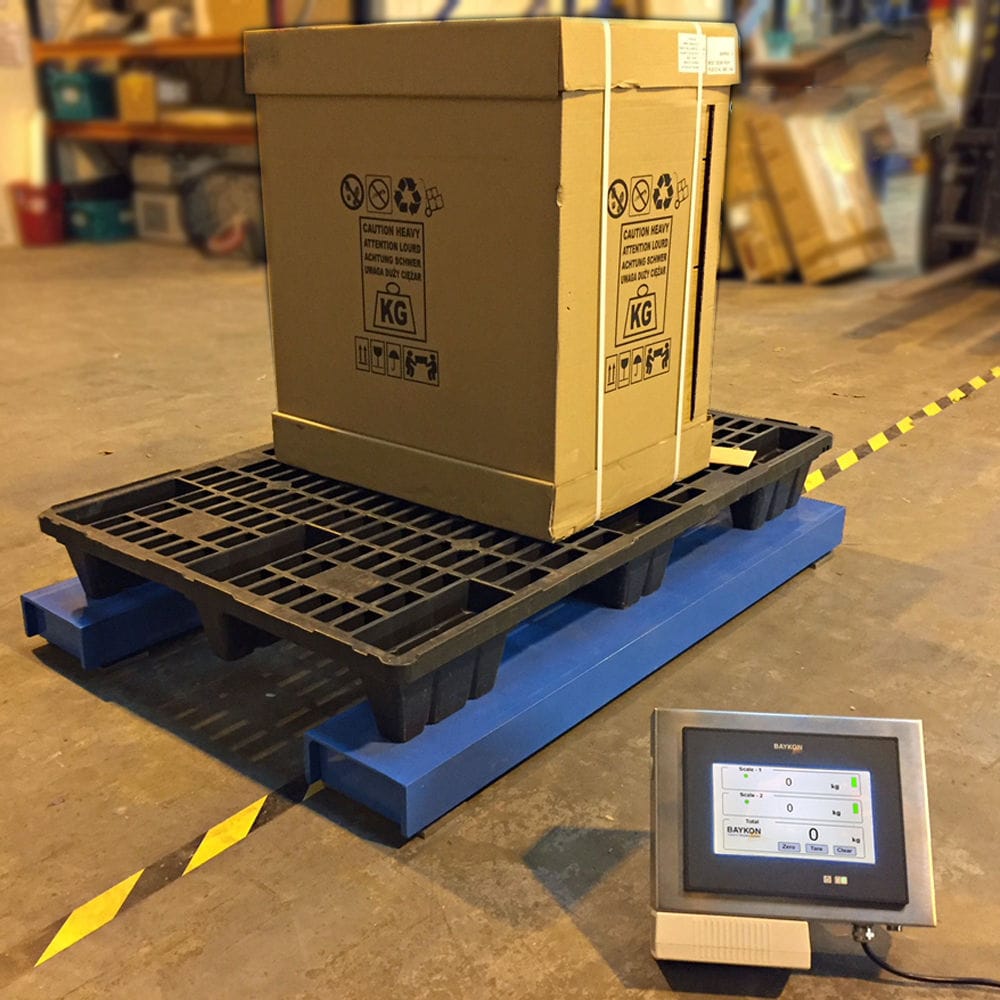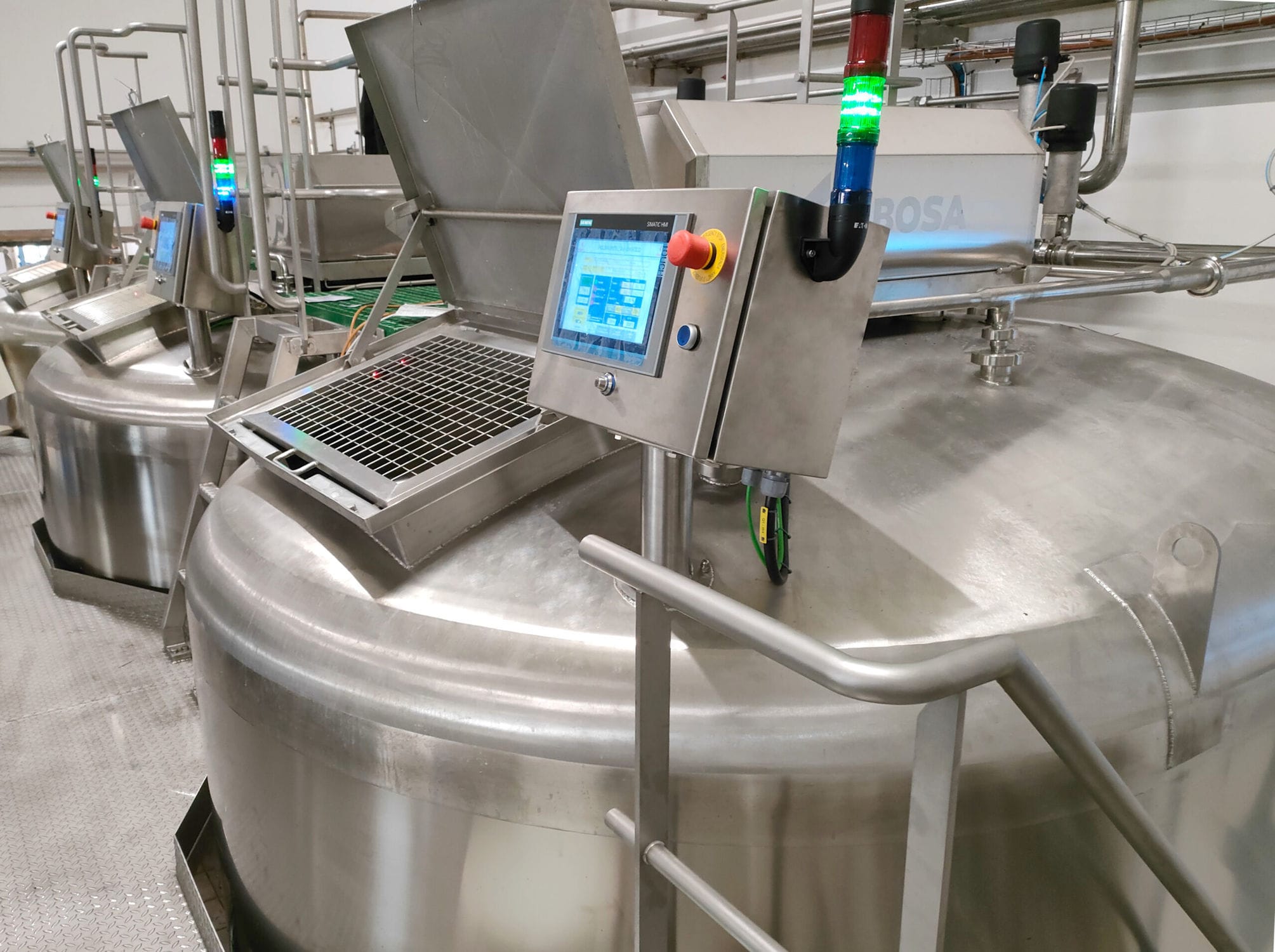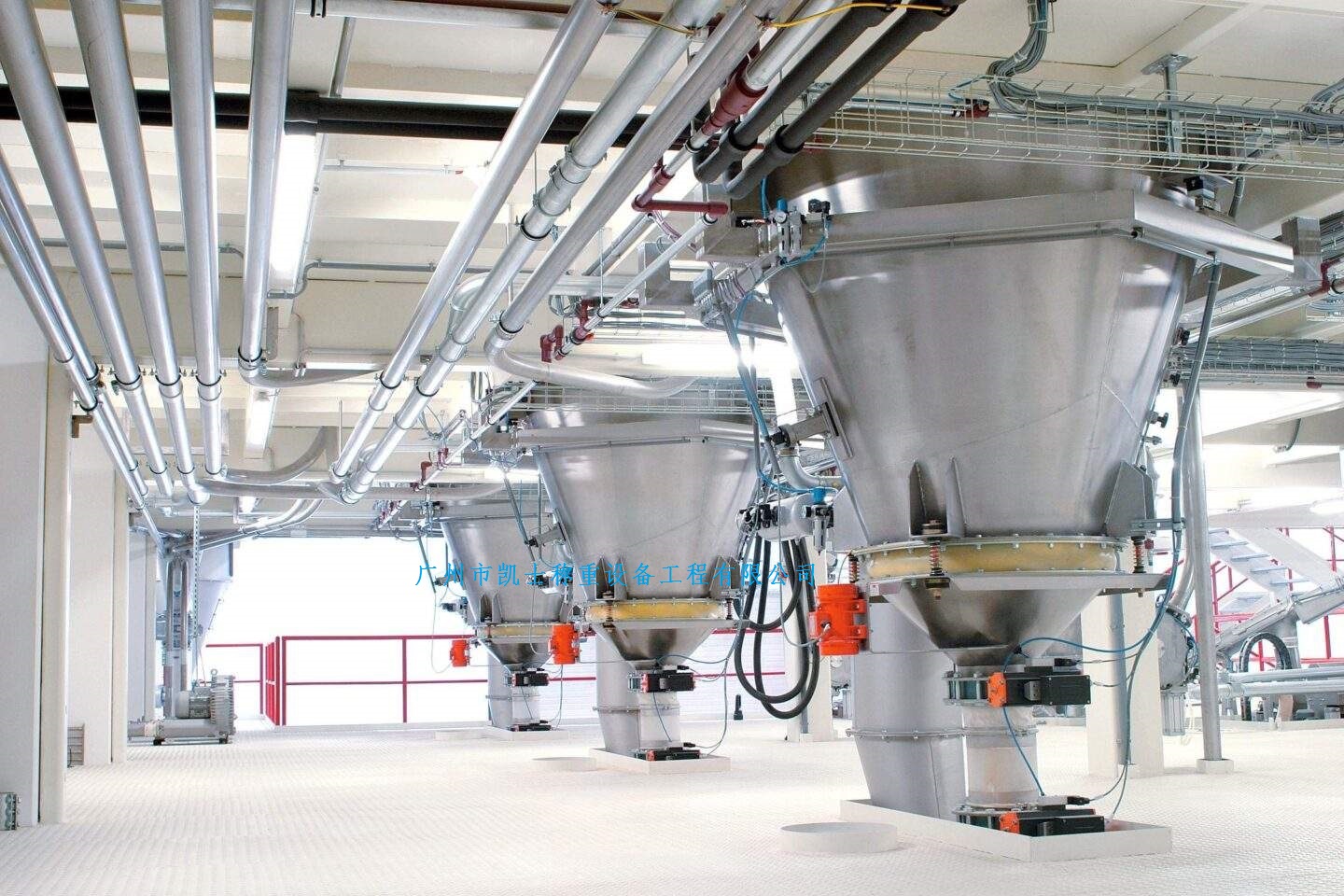

The weighing reactor weighs the amount calculated according to the material ratio, and then successively adds the liquid and solid raw materials required for each product. The weighing module consists of four storage tanks, which are fed into the reactor through the weighing system and quantitatively interlocked. The weighing instrument of each reactor uses a 4-20mA standard signal to enter the PLC in the control room. The PLC in the control room automatically measures the feed according to the set formula ratio.
 020-34563445
020-34563445The weighing of the reaction vessel involves multiple control circuits, mainly including the raw material ratio control circuit, the temperature control circuit during the reaction process, and the finished product measurement and packaging control circuit. An electrically heated reaction vessel is selected to complete the reaction in the process. The liquid reaction materials are added to the reaction vessel, and then the medium temperature is heated to slightly higher than the reaction temperature or the melting point of the solid reactants. Under continuous stirring, Gradually add the solid reactants, allowing them to continuously react or dissolve to prevent precipitation. Due to the difference in formulas, the weighing reaction vessel is weighed according to the calculated material ratio. Liquid and solid raw materials required for each product are added in sequence. The weighing module consists of four storage tanks, which are fed into the reaction vessel through the Weighing system for quantitative interlocking. The weighing instrument of each reaction vessel uses a 4-20mA standard signal to enter the PLC in the control room. The PLC in the control room automatically measures the feed according to the set formula ratio.
Automatic control valves, check valves, pneumatic ball valves, etc. are designed on the pipelines of the weighing reactor. Pressure gauges and thermometers are installed at the upper end of the reactor. Current alarms are set at the upper end of the agitator. Pressure alarms are installed on the jacket of the reactor. When the batching or temperature deviates from the set value, the automatic valve is interlocked through the weighing instrument to automatically adjust the quantitative range. The start and stop of the transfer pump are manually controlled. The metering control valve selects a regulating valve, and the opening degree of the regulating valve is controlled by a 4-20mA standard current signal sent by the PLC. When the signal is 4mA, the valve position is fully closed. When the signal is 20mA, the valve position is fully open. The opening degree control design of the valve position adopts an adaptive control strategy based on the size of the feed allowance. When the feeding is nearly completed, the valve position can be appropriately reduced. When the set mass is reached, all valves should be closed to ensure the accuracy of the feeding. The pressure inside the reaction vessel reaches approximately the specified MPa, which is the formation pressure of the liquid when it is lower than the temperature. Start the circulating water for cooling to bring the temperature of the reaction vessel to the set level. After the temperature of the reaction vessel stabilizes, adjust the pressure regulator to make the pressure inside the reaction vessel reach the specified pressure and keep it constant during the process, while collecting data at the same time.




